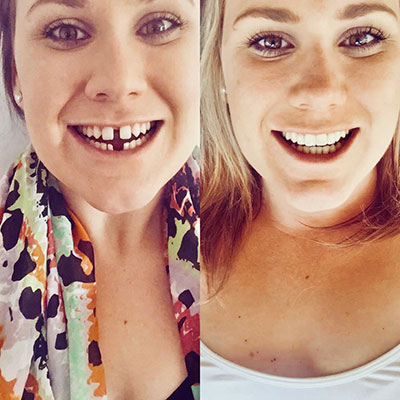Teen Driving
1983: 1/2 had a license
2019: 1/4 have a license
Learning to drive was the ultimate form of freedom when I was 16. Not anymore! Times have changed! In 1983, nearly half of 16-year-olds had driver’s licenses. Today, less than a quarter do. Yes, many states have changed their rules, delaying handing out full-fledged driver’s licenses to teenagers. But the real headline is that today’s teens aren’t that interested in driving. They take public transit, Uber, or Lyft —none of which existed when we were teens and all of which are more readily available than they were even just a few years ago. Teens also meet up with their friends online instead of in person and chat or even play games virtually. I know my own daughter clamors less for playdates —which she calls “hangouts” now that she’s a teen, since she can see her friends on Skype or FaceTime these days. Even though it may seem strange to us, the fact that fewer teens are driving is really good news because teen drivers are three times more likely to be in fatal crashes than people of other ages. If they hold out long enough, driverless cars may become mainstream and they’ll never have to learn to drive!
Teen Orthodontics
Pre 1997: Metal braces only
Post 1997: Invisalign clear aligners option
Straightening your teeth is another rite of passage and today’s teens are doing it differently. It’s not as awkward as it was for us because today’s teens have the choice of Invisalign clear aligners in lieu of traditional braces. My daughter Kelsea is one of them. My favorite part about the Invisalign treatment is how quickly and easily her teeth are moving. These things WORK on teen teeth! Her favorite part is that she feels like herself wearing the Invisalign aligners, so much so that she kept them in for her school picture! Plus, we haven’t had to miss basketball or play practice for emergency office visits to get broken wires fixed. And she doesn’t get “hangry” missing her favorite foods —like popcorn— since the aligners are removable.
And it’s not just Kelsea—the 6 millionth Invisalign clear aligners patient was a 12-year-old teenaged girl, just like Kelsea. Check out these before and after photos of other teens: I mean, LOOK at the difference! Invisalign aligners are proven to fix teen smiles, even more complex cases like crowding, spacing, open-bite, under-bite, and cross-bite.

photo credit: charlbrownyxox

photo credit: @JemmaDargusch
So, parents, if you’re curious, there’s a cool tool at Invisalign.com that shows you all of the Invisalign-trained orthodontists in your area who can tell you if your teen is a candidate.
Teen Relationship Trend:
1970s: 86% dated
2010s: 63% dated
The third change is in how teenagers date —or don’t. Oftentimes, they don’t date at all! Here are the stats: In the late 1970’s, 86 percent of high school seniors said they had gone on a date. In the early 2010s, only 63 percent had. Pew research group found that one reason teens don’t go on as many official dates is that they feel connected to their significant others via social media —especially Instagram and Snapchat— so they feel less need to get together in person. It sounds goofy, but they nurture the relationship by following and liking each other’s posts on social media. As for younger teens, I know from my own daughter that they often participate in group texts and, if you think about it, group chats will naturally lead to going out in groups as well. Today’s teens typically meet in a group in a public place, so parents, you may miss out on the awkward ritual of scoping out your son or daughter’s crush when they come to pick them up for a date.
Teen Jobs:
1978: 58% worked
2014: 31% worked
And, finally, there’s been a big change in teen jobs. Teens are still working —but not so much for pay. In the 1970s, nearly 60 percent of teenagers held classic paying jobs like lifeguard and camp counselor. Today, less than a third do. What are they doing instead? Some teenagers are working, but for free, in unpaid internships. Others are doing community service, because many schools have instituted service requirements for graduation. Some teenagers are attending summer school, instead of holding a summer job, because of pressure to take advanced classes before college. Many young people now specialize in a sport, playing it year round, and traveling to play, which can make it tricky to hold a job.
And, finally, there’s a really practical factor: many school districts have shortened the length of their summer breaks, so there’s simply less time to get and hold a paying job.
By the way, these trends were true of teens of all different ethnicities, rich or poor, living in the city or the country. Of course, the individual teenagers you know may buck any or all of these trends. But in polls of thousands of teenagers, these generational changes were clear.